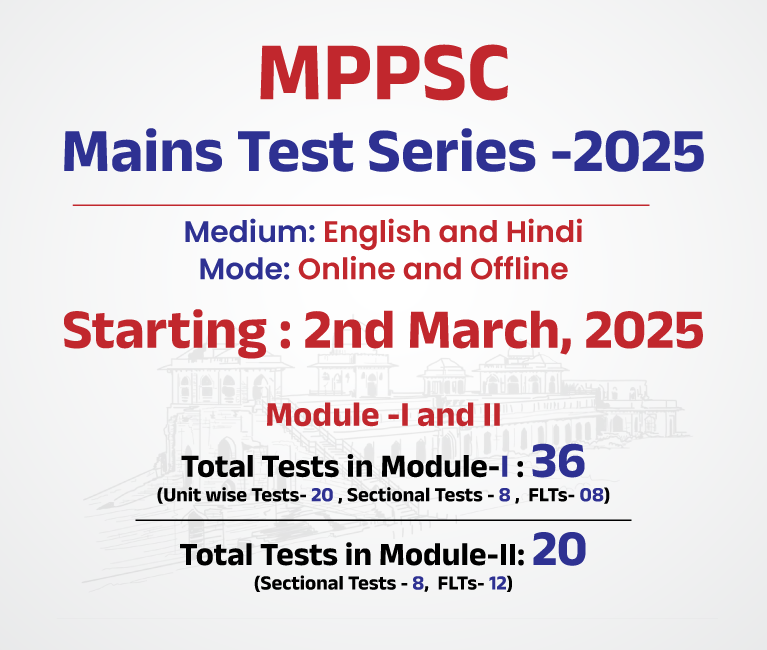Rajasthan Switch to Hindi
Exercise Cyclone- III
Why in News?
Recently, the Joint Special Forces Exercise " Cyclone-III" between India and Egypt began from 10 February 2025 at Mahajan Field Firing Range in Rajasthan.
Key Points
- About the Cyclone-III:
- It is an annual exercise, held alternately in both countries .
- Its last edition was held in Ansas, Egypt in January 2024 .
- The Indian team will have 25 soldiers, who will be represented by soldiers of two special forces battalions.
- The Egyptian team will also have 25 soldiers, who will be represented by soldiers of Egypt's Special Forces Group and Task Force.
- Objectives:
- To strengthen military ties between the two countries .
- Paying special attention to physical fitness, joint planning and tactical exercises.
- To rehearse and validate tactical exercises for counter-terrorism operations in desert and semi-desert areas .
- It will also include a demonstration of indigenous military equipment by Egypt and an inspection of the defence manufacturing industry .
Egypt
- About:
- Egypt is a transcontinental country in northeastern Africa and the Sinai Peninsula in Western Asia (Middle East).
- Cairo is the capital of Egypt.
- Boundaries:
- North: Borders the Mediterranean Sea.
- East: Bordered by the Gulf of Suez and the Red Sea.
- West: Shares a land border with Libya.
- Northeast: Borders the Gaza Strip (Palestinian territory) and Israel.
- South: Shares a border with Sudan.
- Maritime Borders:
- Mediterranean Sea: Shares maritime borders with Cyprus, Turkey, and Greece.
- Red Sea: Shares maritime borders with Jordan and Saudi Arabia.
- Egypt gained modern independence in 1922.
- The official language is Modern Standard Arabic.
- The commonly spoken dialect is Egyptian Arabic (Masri).
- Islam is the dominant religion, with 85-90% of the population being Sunni Muslim.
- Major River:
- The River Nile is the only year-round flowing river in Egypt.
- Around 98% of the population lives in the Nile River Valley.




%20MPPCS%202025%20Desktop%20E.jpg)
%20MPPCS%202025%20Mobile%20E%20(1).jpg)










.png)
.png)











 PCS Parikshan
PCS Parikshan (1).jpg)



